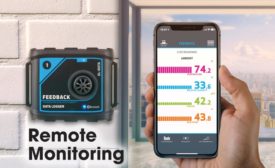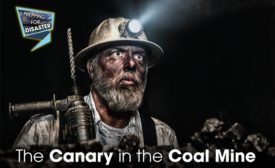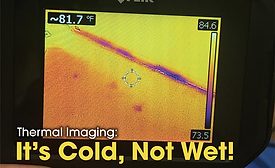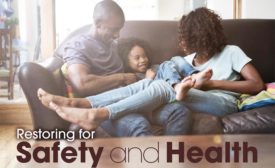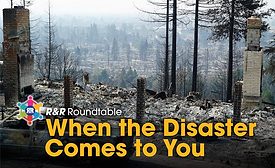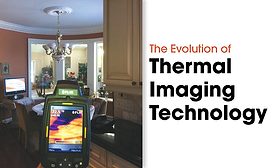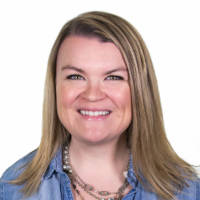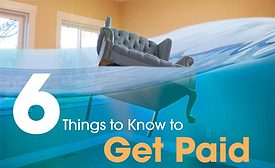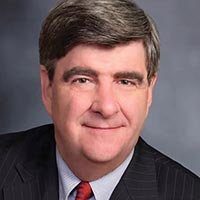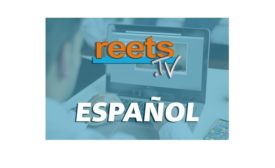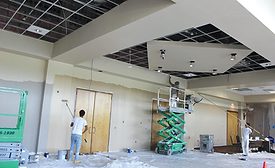Water Damage Restoration
The importance of monitoring ambient conditions during the drying process.
Read More
6 Things to Know to Get Paid for Sewage Claims
A continuing conversation on getting paid, working with mortgage companies, and insurance dilemmas.
Read More
Case Study
A First Time for Everything: Large Loss
A First Time for Everything: Large Loss
Read More
Stay ahead of the curve with our eNewsletters.
Get the latest industry updates tailored your way.
JOIN TODAY!Copyright ©2024. All Rights Reserved BNP Media.
Design, CMS, Hosting & Web Development :: ePublishing
